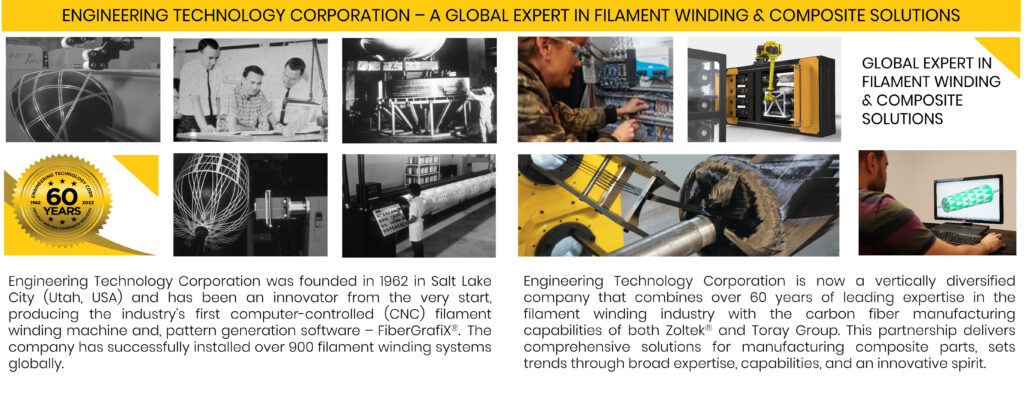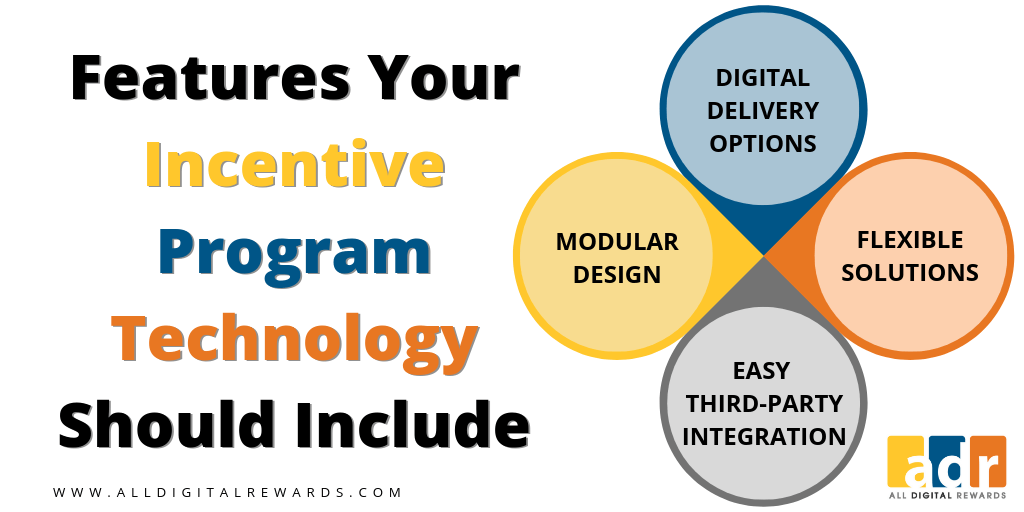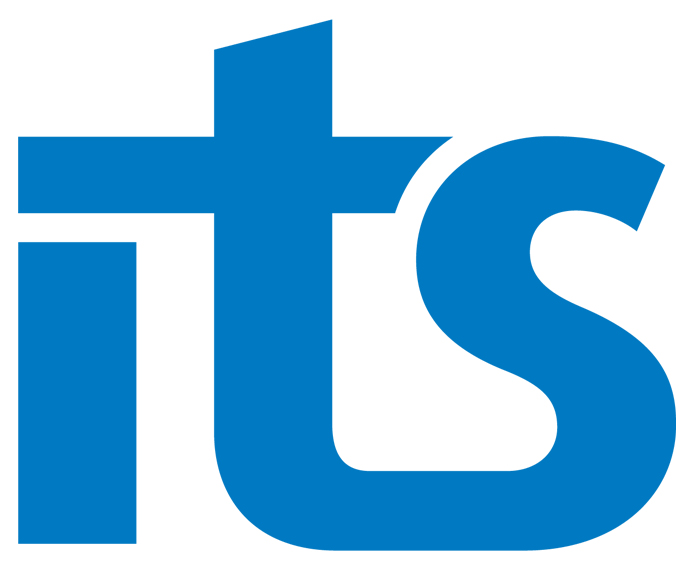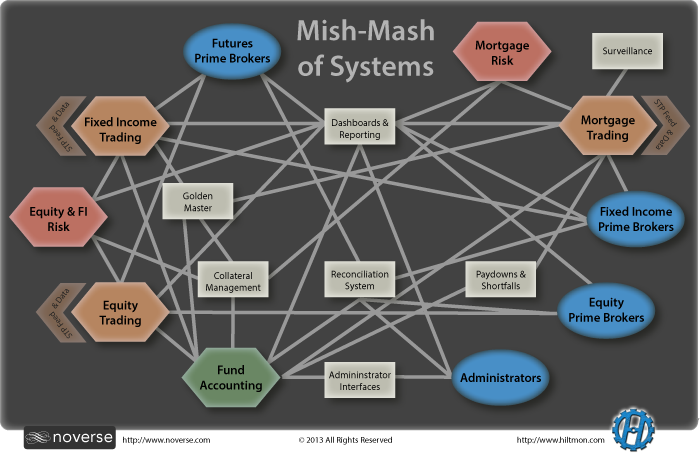Hologram Technology 2024: A Look into the Future
Hologram technology 2024 is poised to revolutionize numerous industries, blurring the lines between the physical and digital worlds. This technology, which projects three-dimensional images, has come a long way since […]

Hologram technology 2024 is poised to revolutionize numerous industries, blurring the lines between the physical and digital worlds. This technology, which projects three-dimensional images, has come a long way since its inception, with advancements leading to more realistic and immersive experiences.
From entertainment and healthcare to education and beyond, holograms are increasingly finding applications across various sectors. Their ability to create engaging and interactive experiences opens up a plethora of possibilities, making them a key driver of innovation in the 21st century.
Introduction to Hologram Technology
Hologram technology is a revolutionary field that has captivated imaginations and promises to reshape our world. It enables the creation of three-dimensional images that appear to exist in physical space, offering an immersive and interactive experience unlike anything before.
The fundamental principle behind hologram creation lies in the manipulation of light waves. Holograms are formed by recording the interference patterns of light waves from an object onto a recording medium, such as a photographic plate or a digital sensor. When this recording is illuminated with a coherent light source, such as a laser, the original light waves are reconstructed, creating the illusion of a three-dimensional image.
Historical Development of Hologram Technology
The concept of holography was first proposed in 1948 by Dennis Gabor, a Hungarian-British physicist, who was awarded the Nobel Prize in Physics in 1971 for his groundbreaking work. Gabor’s initial experiments were limited by the availability of suitable light sources, but the invention of the laser in 1960 revolutionized the field, enabling the creation of high-quality holograms.
Since then, hologram technology has undergone significant advancements, driven by innovations in laser technology, recording materials, and computational techniques. Key milestones include:
- 1962: Emmett Leith and Juris Upatnieks at the University of Michigan developed a technique for creating high-quality holograms using lasers, paving the way for practical applications.
- 1970s: The development of holographic interferometry, a technique for measuring minute changes in objects, opened up new possibilities in engineering and scientific research.
- 1980s: The advent of digital holography, which uses computers to record and reconstruct holograms, further expanded the capabilities of the technology.
- 1990s: The development of volume holographic recording materials, which allow for the storage of large amounts of data in three dimensions, revolutionized the field of optical data storage.
- 2000s: The emergence of holographic displays, which project three-dimensional images into space, opened up new possibilities for entertainment, education, and communication.
Hologram Technology in 2024
The year 2024 marks a pivotal moment in the evolution of hologram technology. While still in its nascent stages, holographic displays have made significant strides, capturing the imagination of consumers and businesses alike. From captivating entertainment experiences to transformative applications in various industries, the potential of hologram technology is vast and rapidly expanding.
Current State and Capabilities
Hologram technology in 2024 has reached a point where it can create realistic and immersive three-dimensional images, offering a glimpse into the future of visual communication. However, the technology is not without its limitations.
- Current Capabilities:
- High-Resolution Displays: Modern holographic displays are capable of producing images with high resolution and detail, enabling a lifelike representation of objects and scenes.
- Interactive Experiences: Some holographic systems allow for limited user interaction, enabling users to manipulate virtual objects or navigate through virtual environments.
- Multi-View Projections: Advanced holographic systems can project images from multiple angles, creating a sense of depth and realism for viewers.
- Limitations:
- Limited Field of View: Current holographic displays typically have a limited field of view, meaning viewers can only see the hologram from a specific range of angles.
- High Cost: Developing and implementing holographic technology remains expensive, limiting its widespread adoption.
- Limited Content Availability: The availability of high-quality holographic content is still limited, hindering the full potential of the technology.
Recent Breakthroughs and Innovations
The field of hologram technology is witnessing continuous innovation, with researchers and companies pushing the boundaries of what’s possible. Here are some notable recent advancements:
- Development of Advanced Holographic Materials: Researchers are exploring new materials that can enhance the performance and efficiency of holographic displays, leading to brighter, sharper, and more realistic images.
- Integration of Artificial Intelligence (AI): AI is being integrated into holographic systems to enable more realistic and interactive experiences. For instance, AI algorithms can be used to generate realistic facial expressions and body movements for virtual avatars.
- Miniaturization of Holographic Devices: Progress in miniaturization is enabling the development of smaller and more portable holographic displays, opening up new possibilities for consumer applications.
Emerging Trends and Advancements, Hologram technology 2024
The future of hologram technology is brimming with exciting possibilities. Several trends are shaping the trajectory of this field:
- Integration with Augmented and Virtual Reality (AR/VR): Holographic displays are being integrated with AR/VR systems to create immersive and interactive experiences. This convergence of technologies promises to revolutionize entertainment, education, and training.
- Applications in Healthcare: Hologram technology is finding applications in healthcare, enabling surgeons to perform complex procedures with greater precision and patients to receive more personalized care.
- Holographic Telepresence: Holographic telepresence systems are being developed to enable realistic and interactive communication between individuals across vast distances, potentially transforming the way we work, learn, and socialize.
Applications of Hologram Technology in 2024

Hologram technology is rapidly evolving, and its applications are expanding across various industries. From entertainment to healthcare, holograms are transforming the way we interact with information and the world around us.
Entertainment
Hologram technology is revolutionizing the entertainment industry, offering immersive experiences that were previously unimaginable.
- Virtual Concerts and Performances: Holograms enable artists to perform virtually, bringing deceased musicians back to life or allowing artists to perform in multiple locations simultaneously. For example, in 2022, a hologram of rapper Tupac Shakur performed at Coachella, captivating audiences worldwide.
- Interactive Storytelling: Holographic projections can be used to create interactive storytelling experiences, where viewers can interact with characters and environments in real-time. Imagine stepping into a holographic world and interacting with characters from your favorite book or movie.
- Theme Parks and Attractions: Holograms can enhance theme park experiences by creating realistic and immersive environments, such as holographic dinosaurs in a Jurassic Park-themed attraction.
Healthcare
Hologram technology is transforming healthcare by providing innovative tools for diagnosis, treatment, and education.
- Surgical Simulation: Holographic projections can create realistic simulations of surgical procedures, allowing surgeons to practice complex operations before performing them on real patients. This improves surgical outcomes and reduces risks.
- Medical Training: Holograms can be used to create interactive anatomical models that medical students can explore in 3D, providing a more engaging and effective learning experience.
- Remote Patient Monitoring: Holographic projections can be used to remotely monitor patients, allowing healthcare professionals to provide personalized care from anywhere in the world.
Education
Hologram technology is revolutionizing education by providing immersive and interactive learning experiences.
- Virtual Field Trips: Holographic projections can transport students to historical sites, museums, or other locations around the world, providing immersive and engaging learning experiences.
- Interactive Lessons: Holograms can be used to create interactive lessons, where students can manipulate 3D models, explore complex concepts, and engage with virtual instructors.
- Accessibility: Hologram technology can provide access to education for students with disabilities who may have difficulty attending traditional classrooms.
Other Industries
Hologram technology is finding applications in various other industries, including:
- Retail: Holographic displays can be used to showcase products in a more engaging way, allowing customers to interact with products and learn about their features.
- Architecture and Design: Holograms can be used to create virtual models of buildings and structures, allowing architects and designers to visualize their creations in 3D.
- Manufacturing: Holograms can be used to provide real-time information and instructions to workers on the factory floor, improving efficiency and productivity.
Challenges and Opportunities in Hologram Technology: Hologram Technology 2024
Hologram technology, while promising, faces several hurdles before it can be fully integrated into our daily lives. These challenges range from technical limitations to ethical concerns. However, the potential benefits it offers are undeniable, making it a field worth exploring and investing in.
Technical Challenges
Technical challenges are a significant hurdle in the widespread adoption of hologram technology.
- Resolution and Detail: Current hologram technology struggles to produce high-resolution images with intricate details, particularly for large-scale projections. The limitations of existing hardware and software prevent the creation of truly lifelike holograms with realistic textures and depth perception.
- Cost and Complexity: The technology required to create and display holograms is expensive and complex. The high cost of hardware, software, and specialized expertise makes it inaccessible for many individuals and businesses.
- Limited Viewing Angle: Holograms are typically viewable from a limited angle. The viewing experience is often restricted to a narrow range, limiting the potential for large-scale public displays and interactive applications.
- Power Consumption: Generating and displaying holograms require significant power consumption, which can be a challenge for mobile and portable applications.
Ethical Considerations
The potential misuse of hologram technology raises ethical concerns.
- Privacy and Security: Hologram technology could be used for unauthorized surveillance and data collection, raising concerns about privacy and security. For instance, imagine a scenario where a person’s hologram is captured without their consent and used for malicious purposes.
- Deepfakes and Deception: The creation of realistic deepfakes using hologram technology poses a significant risk of deception and misinformation. It could be used to create fabricated evidence or spread false information, potentially impacting public trust and political discourse.
- Social Impact: The widespread adoption of hologram technology could have significant social implications. For example, the potential for increased isolation and social disconnect needs to be carefully considered, especially as it relates to virtual interactions and the potential for replacing face-to-face communication.
Opportunities and Benefits
Despite the challenges, hologram technology holds tremendous potential for various industries and aspects of our lives.
- Entertainment and Media: Hologram technology can revolutionize entertainment and media experiences. It can be used to create immersive concerts, theatrical performances, and interactive games. Imagine attending a virtual concert featuring a hologram of your favorite artist or experiencing a historical event through interactive holographic projections.
- Education and Training: Hologram technology can enhance education and training by providing immersive and engaging learning experiences. For example, students could interact with holographic models of complex anatomical structures or learn about historical events through realistic holographic recreations.
- Healthcare and Medicine: Hologram technology can be used for medical imaging, diagnosis, and surgery. It can create 3D models of organs and tissues, enabling surgeons to plan complex procedures with greater accuracy. Additionally, holograms can be used for remote patient consultations and surgical procedures.
- Retail and Marketing: Hologram technology can transform retail and marketing experiences by creating interactive and engaging product displays. Customers can interact with holographic product demonstrations and receive personalized recommendations.
- Communication and Collaboration: Hologram technology can facilitate remote communication and collaboration by creating realistic and immersive virtual meetings. Imagine participating in a meeting with colleagues from around the world, feeling like you are all in the same room.
Future Trends and Predictions for Hologram Technology
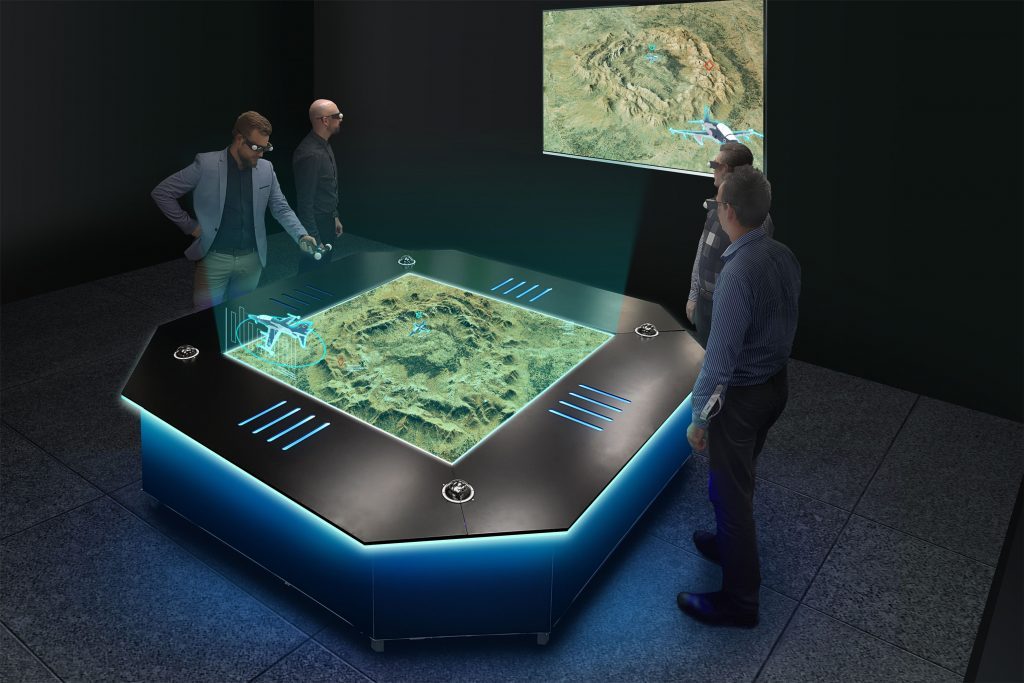
Hologram technology has rapidly evolved, and its future holds exciting possibilities. This section explores potential trends and advancements, their impact on development and applications, and the long-term potential and limitations of this technology.
Advancements in Holographic Displays
The advancement of holographic displays is crucial for the widespread adoption of hologram technology. Several key trends are expected to shape the future of these displays:
- Higher Resolution and Brightness: Current holographic displays often suffer from limited resolution and brightness, resulting in blurry or dim images. Advancements in display technologies, such as the development of more efficient light sources and higher-resolution spatial light modulators (SLMs), will lead to sharper, brighter, and more realistic holographic images.
- Larger Display Sizes: The size of holographic displays is currently limited, but advancements in materials and fabrication techniques will enable the creation of larger, more immersive holographic experiences. This could lead to holographic projections spanning entire walls or even rooms, providing a truly captivating experience.
- Improved Depth Perception: Current holographic displays often struggle to provide convincing depth perception. New techniques, such as the use of multiple projectors or advanced optical systems, are being developed to enhance the sense of depth and realism in holographic projections.
- Cost Reduction: The high cost of holographic displays is a significant barrier to wider adoption. Advancements in manufacturing processes and the use of more affordable materials will drive down the cost of these displays, making them more accessible to a wider audience.
Integration with Artificial Intelligence (AI)
AI is poised to play a transformative role in hologram technology, enhancing its capabilities and opening up new applications. The integration of AI will enable:
- Real-Time Hologram Generation: AI algorithms can be used to generate holographic content in real time, allowing for dynamic and interactive holographic experiences. For example, AI could be used to create personalized holographic avatars or to generate holographic simulations of complex events.
- Improved Hologram Interaction: AI can be used to enhance the interaction between users and holograms. For example, AI-powered voice recognition and natural language processing can enable users to interact with holograms in a more natural and intuitive way.
- Enhanced Hologram Realism: AI can be used to generate more realistic and lifelike holograms. For example, AI algorithms can be trained on large datasets of real-world images and videos to create photorealistic holographic representations of people or objects.
Applications of Hologram Technology in Various Industries
Hologram technology is expected to revolutionize various industries, from entertainment and healthcare to education and manufacturing. Here are some potential applications:
- Entertainment and Media: Holograms can transform the entertainment industry, providing immersive and interactive experiences for audiences. For example, holographic concerts, theater performances, and museum exhibits can offer audiences a more engaging and memorable experience.
- Healthcare: Hologram technology can be used for medical training, patient education, and remote surgery. Holographic simulations can help medical students learn anatomy and surgical procedures, while holographic projections can assist surgeons in performing complex operations remotely.
- Education: Holograms can create engaging and interactive learning experiences for students of all ages. Holographic representations of historical figures, scientific concepts, or complex machinery can make learning more dynamic and memorable.
- Manufacturing: Holograms can be used for product design, prototyping, and assembly line training. Holographic projections can help engineers visualize and test product designs, while holographic simulations can train workers on complex assembly processes.
- Retail: Holographic displays can enhance the shopping experience by providing interactive product demonstrations and personalized recommendations. For example, shoppers could interact with holographic representations of products to see how they look in different settings or to get information about their features.
Challenges and Limitations
Despite its vast potential, hologram technology faces several challenges and limitations that need to be addressed for its widespread adoption:
- Cost: The high cost of holographic displays and the complex infrastructure required for their operation are major barriers to widespread adoption.
- Resolution and Brightness: Current holographic displays often lack the resolution and brightness required for truly realistic and immersive experiences.
- Field of View: The limited field of view of current holographic displays restricts the viewing experience.
- Safety: Concerns about the potential health effects of prolonged exposure to holographic displays need to be addressed.
- Content Creation: Creating high-quality holographic content requires specialized skills and equipment, which can be expensive and time-consuming.
Illustrative Examples of Hologram Technology in Action
Hologram technology has transitioned from science fiction to reality, offering a plethora of applications across diverse industries. This section will delve into specific examples of hologram technology in action, showcasing its diverse applications and potential.
Examples of Hologram Technology Applications
Hologram technology has found applications in various sectors, each with its unique benefits and challenges. To illustrate this, the following table provides a comprehensive overview of some key applications:
| Application | Description | Benefits | Challenges |
|---|---|---|---|
| Entertainment and Media | Holograms are revolutionizing the entertainment industry, enabling immersive experiences for concerts, theater performances, and museum exhibits. They allow audiences to interact with virtual characters and recreate historical events in a lifelike manner. | Increased audience engagement, enhanced storytelling, cost-effective production of virtual performers, and accessibility for remote audiences. | High cost of production and maintenance, technical limitations in achieving realistic visuals and interactions, and potential for misuse in creating deceptive content. |
| Education and Training | Hologram technology offers interactive and engaging learning experiences, enabling students to visualize complex concepts and interact with virtual instructors. It also facilitates practical training simulations in fields like surgery and engineering. | Personalized learning experiences, improved understanding of complex concepts, cost-effective training simulations, and accessibility for remote learners. | Limited availability of educational content in holographic format, technical challenges in creating realistic and interactive experiences, and potential for distraction during learning. |
| Healthcare | Holographic displays are used in medical imaging, allowing doctors to visualize complex anatomical structures in 3D, improving diagnosis and treatment planning. They also facilitate remote consultations and surgical procedures. | Improved diagnostic accuracy, enhanced surgical precision, reduced invasiveness of procedures, and improved communication between healthcare providers. | High cost of implementation, technical challenges in integrating holographic technology with existing medical equipment, and concerns about data privacy and security. |
| Retail and Marketing | Holograms are used to create interactive product displays, enabling customers to experience products in a virtual environment before purchasing. They also facilitate personalized advertising and product demonstrations. | Enhanced customer engagement, increased product visibility, cost-effective marketing campaigns, and personalized shopping experiences. | Limited accessibility of holographic displays, technical challenges in creating realistic and interactive experiences, and potential for misuse in creating deceptive marketing campaigns. |
Conclusion
As hologram technology continues to evolve, we can expect even more groundbreaking applications and a deeper integration into our daily lives. The future holds exciting possibilities, with the potential for holograms to transform the way we interact with information, communicate with others, and experience the world around us.
Hologram technology is rapidly evolving, with 2024 promising even more immersive experiences. Durham, Ontario, is becoming a hub for innovation, with several cutting-edge technology companies like those featured on this list contributing to this advancement. As these companies continue to develop and refine hologram technology, we can expect to see it become more integrated into our everyday lives, revolutionizing entertainment, education, and even healthcare.





